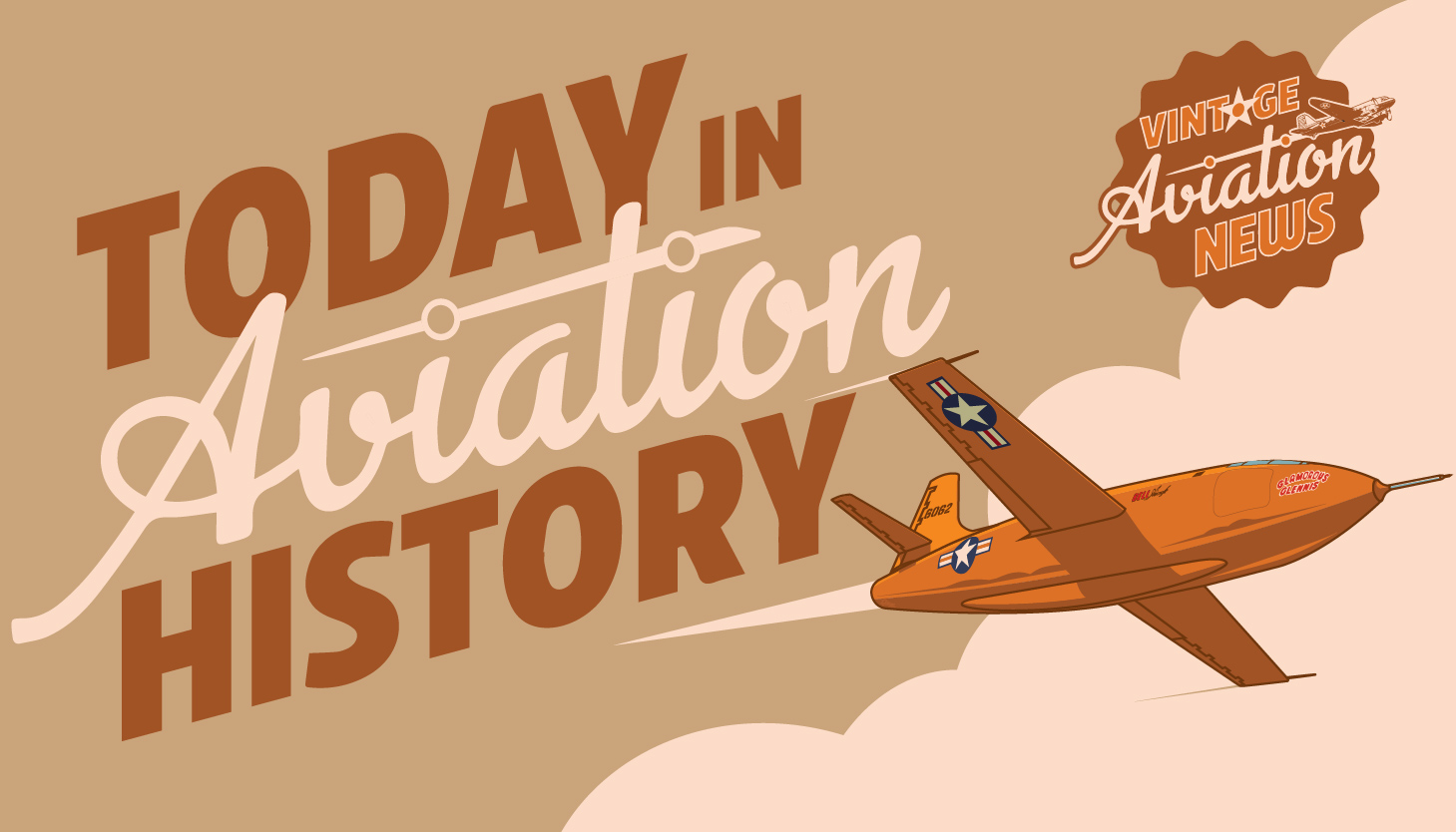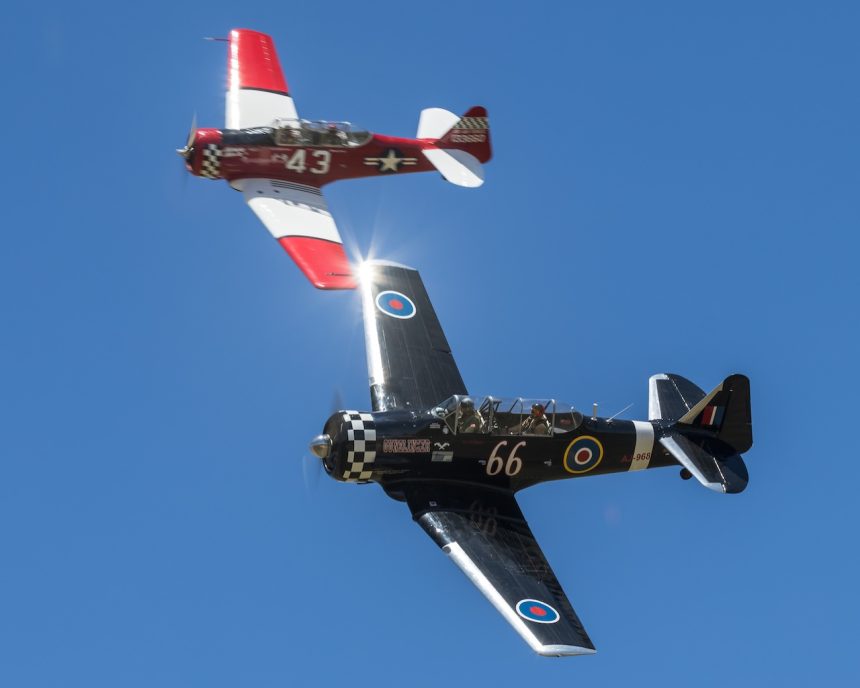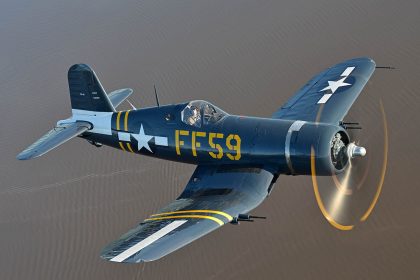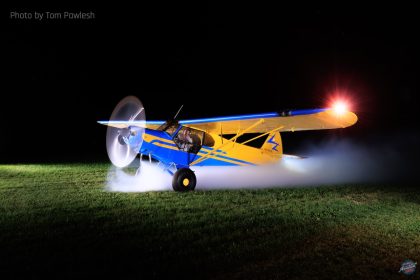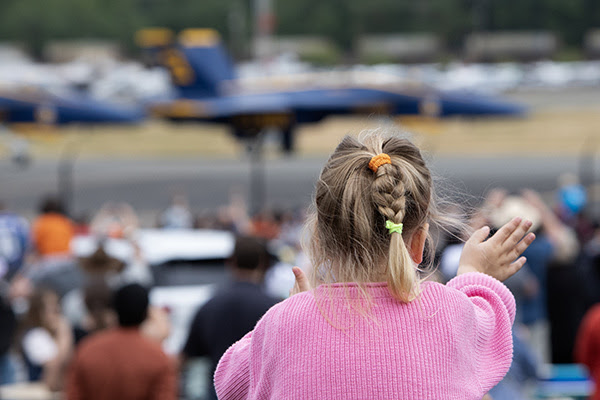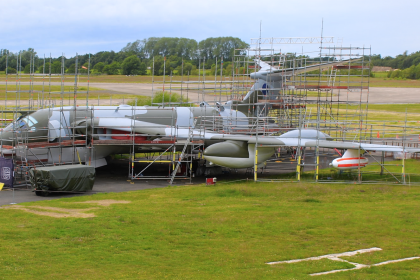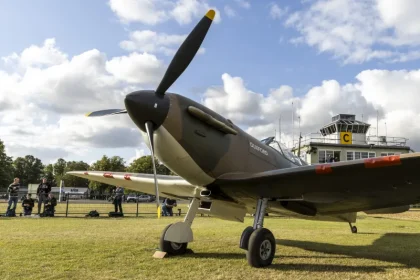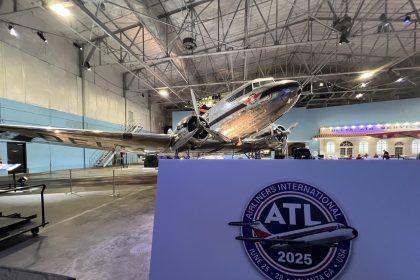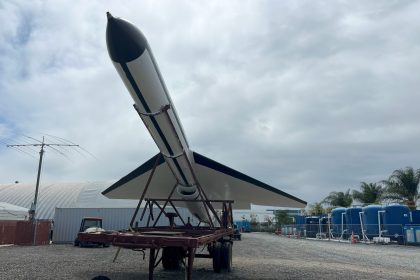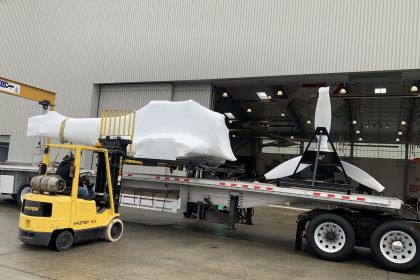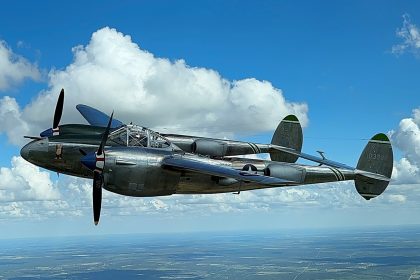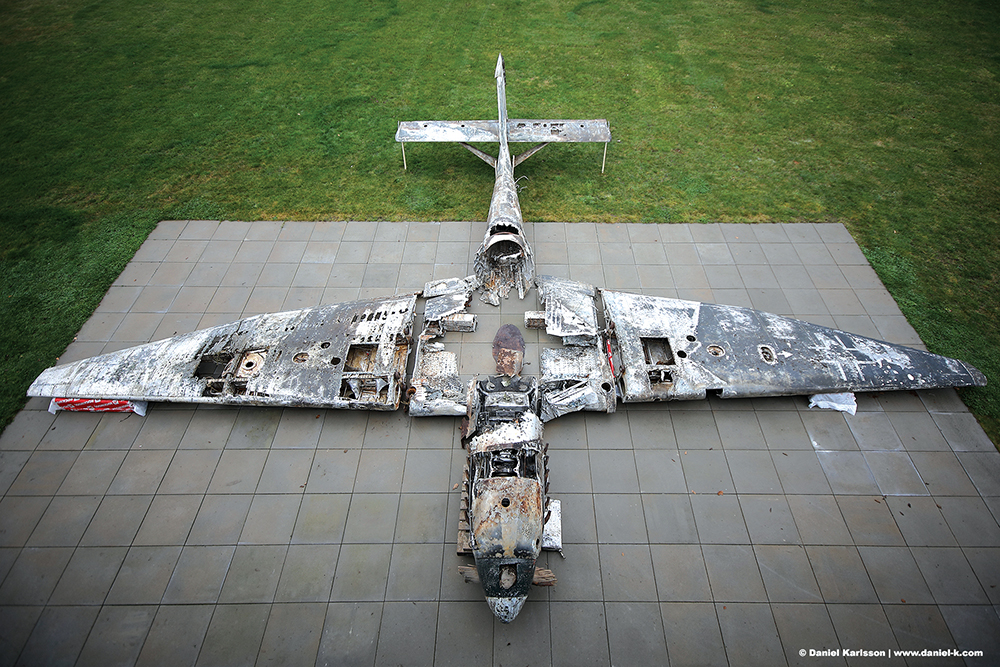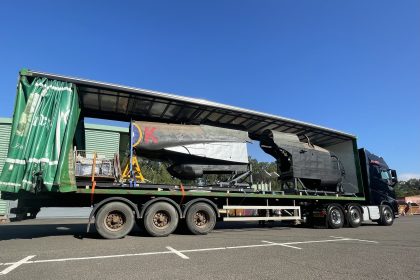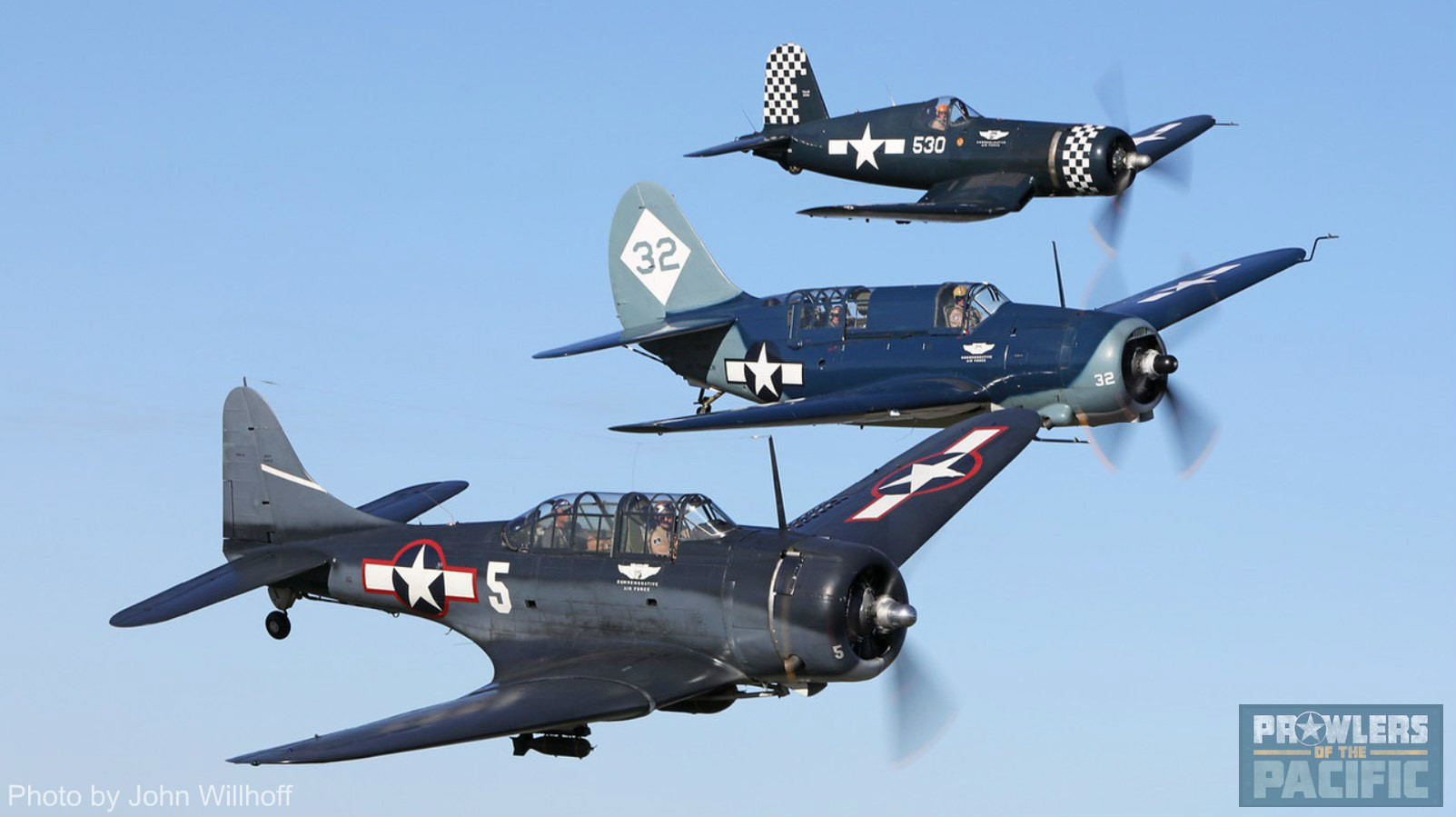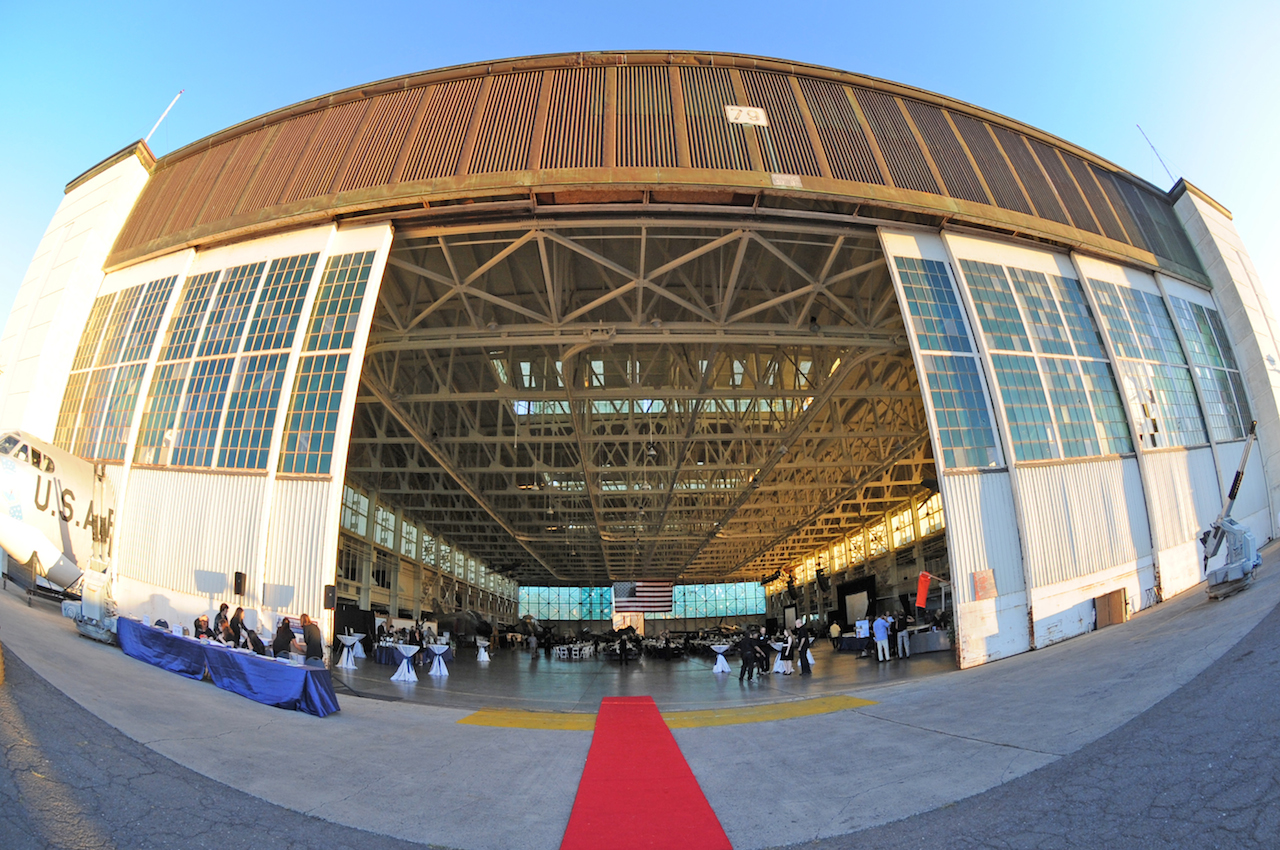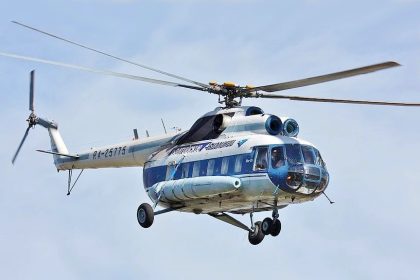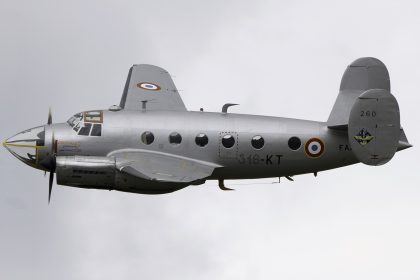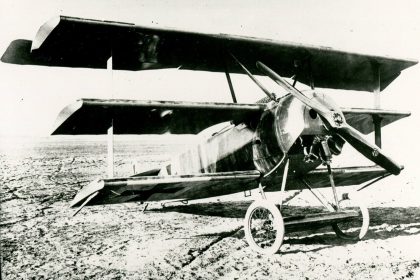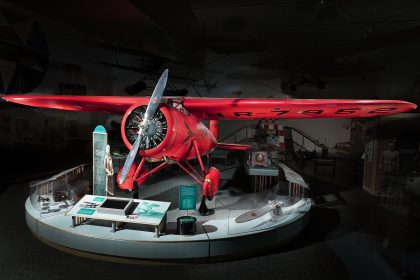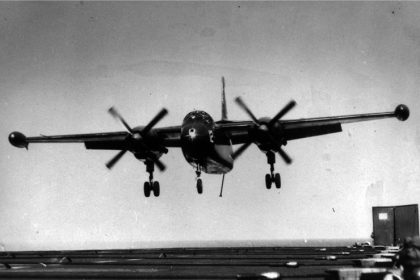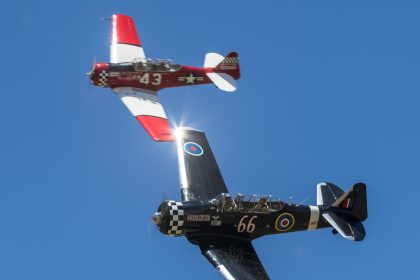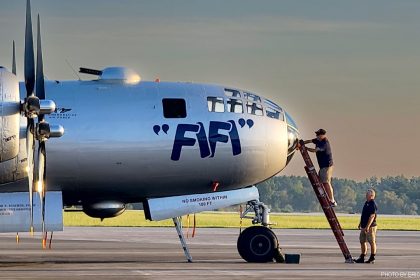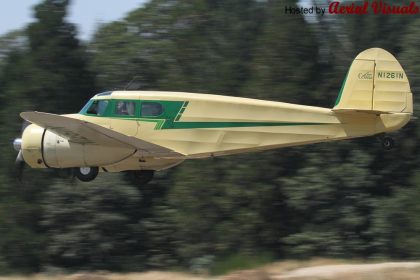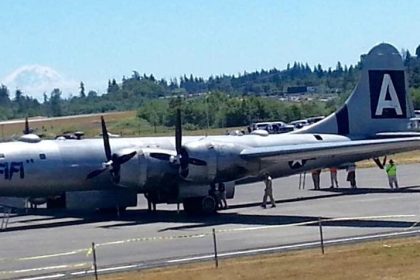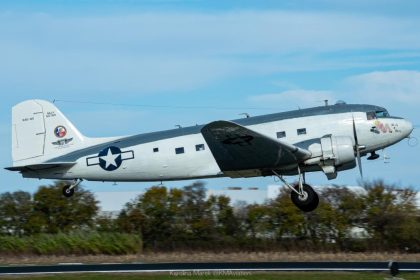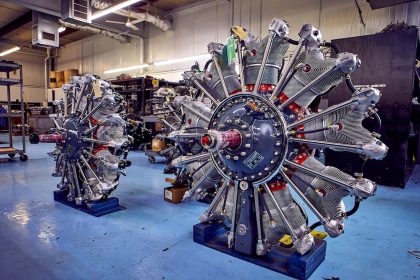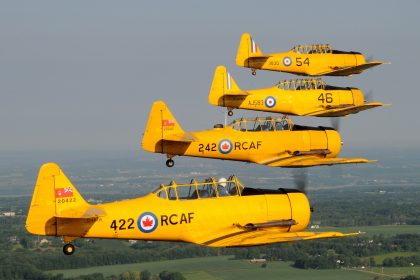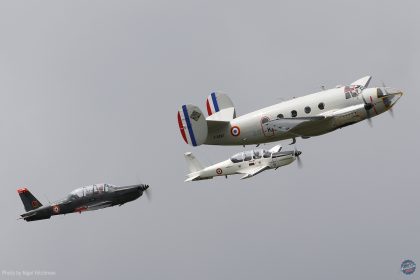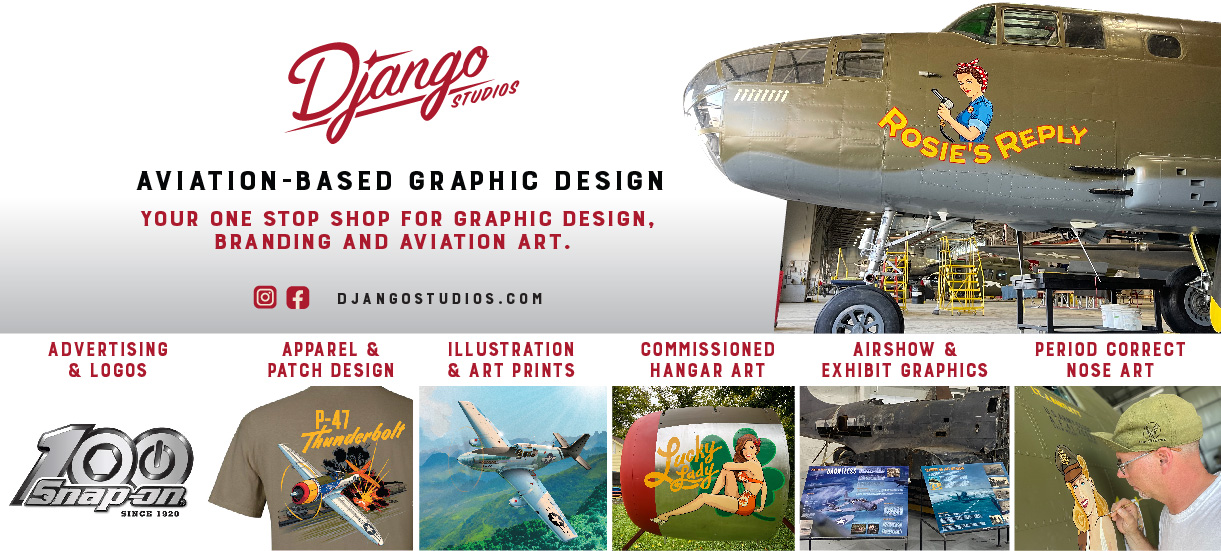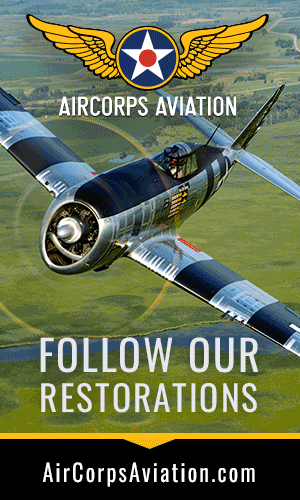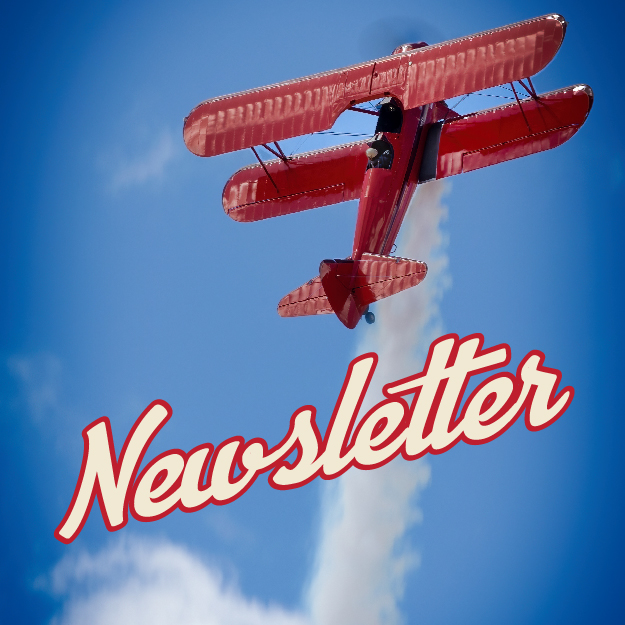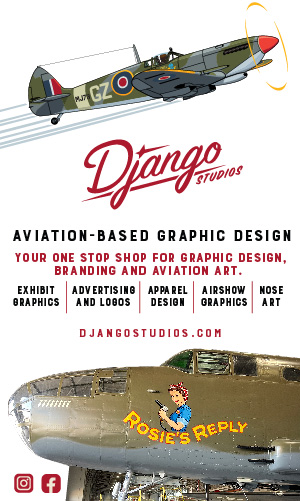-
🤩 Trending:
- Youtube
- Newsletter
- Events
National Championship Air Races Completes First Pylon Racing Seminar at New Roswell Location
National Championship Air Races completes its first Pylon Racing Seminar in Roswell, certifying 60 pilots and preparing racers for the…
Restorations
Aviation Museum News
Today in Aviation History
Latest News
National Championship Air Races Completes First Pylon Racing Seminar at New Roswell Location
National Championship Air Races completes its first Pylon Racing Seminar in Roswell, certifying 60 pilots…
Cavanaugh Flight Museum Unveils New Corsair Paint Scheme Honoring Marine Ace
The Cavanaugh Flight Museum unveils a newly painted FG-1D Corsair honoring LtCol Donald K. Yost…
Celebrating Classic Aviation at the 2025 Sentimental Journey Fly-In
Experience the charm of the 2025 Sentimental Journey Fly-In in Lock Haven, PA—a grassroots celebration…
Yorkshire Air Museum’s Handley Page Victor K2 Repaint Captured in Time-Lapse Video
Watch a stunning time-lapse video of Yorkshire Air Museum’s Handley Page Victor K2 being repainted…
Experiencing Airliners International 2025 at the Delta Flight Museum
Experience Airliners International 2025 at the Delta Flight Museum—an unforgettable weekend of airline history, rare…
B-29 Superfortress FIFI Nears Return to Flight After Critical Engine Repairs
CAF’s B-29 FIFI nears return to flight after key engine repairs; revised tour dates announced…
Cessna T-50 Crane Soon Bound for Canada
A 1942 Cessna T-50 Crane is set to join Vintage Wings of Canada after years…
Randy’s Warbird Profiles: Boeing B-29 Superfortress “Fifi”
This installment of Randy’s Warbird Profiles takes an in-depth look at the Commemorative Air Force’s…
Return to Normandy: CAF’s R4D “Ready 4 Duty” Honors VE-Day Promise in France
CAF’s R4D Ready 4 Duty completes its transatlantic Navy to Victory Tour in France for…
Covington Aircraft Engines to Conclude 53 Years of Radial Engine Service at End of 2025
Covington Aircraft Engines will close its renowned radial engine shop in 2025 after 53 years…
Canadian Harvard Aircraft Association Marks 40 Years of Honoring Aviation History
The Canadian Harvard Aircraft Association celebrates its 40th anniversary on July 5 with a free…
La Ferté-Alais 2025: Highlights from the 52nd “Le Temps des Hélices” Airshow
Experience the highlights of La Ferté-Alais 2025, the 52nd Le Temps des Hélices airshow, featuring…
Stay Connected
Categories

Restorations
1046 Articles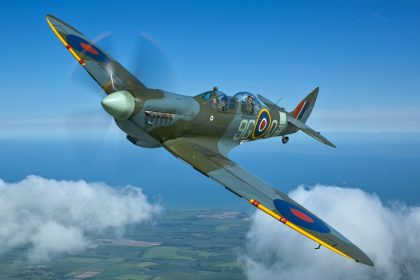
Warbirds News
1896 Articles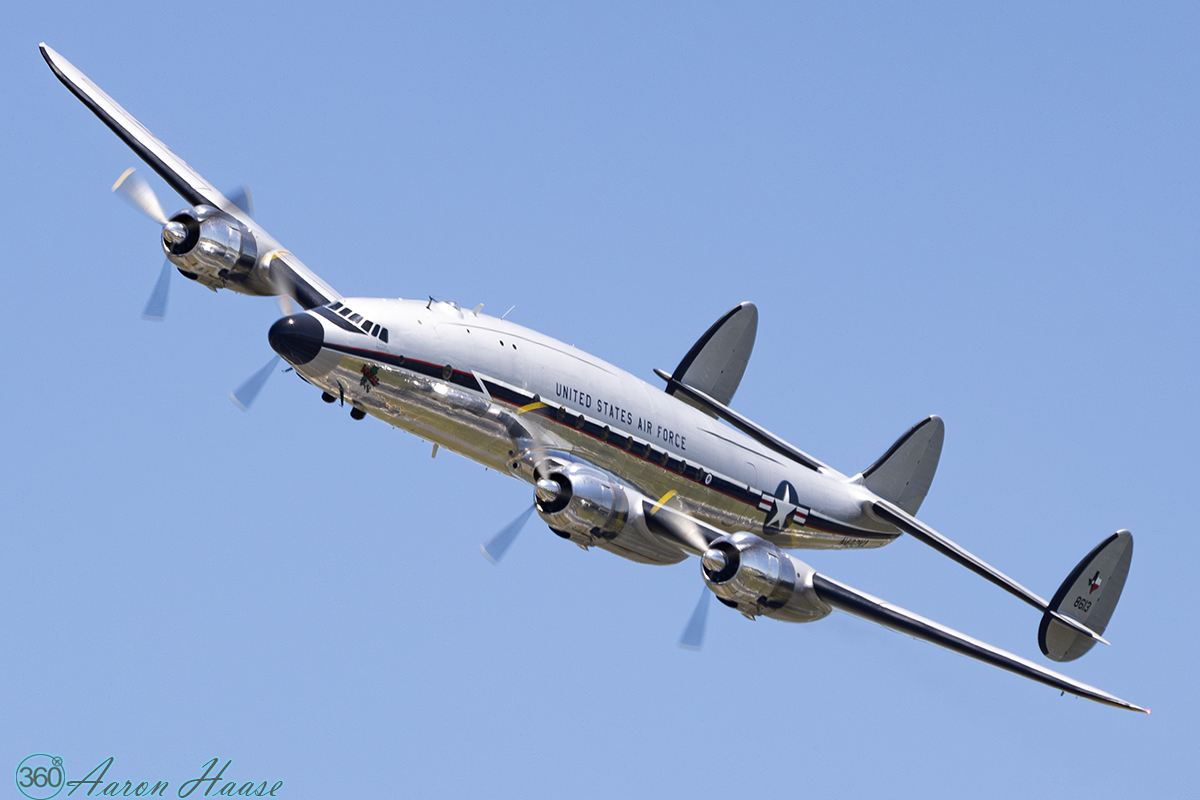
Vintage Aviation
125 Articles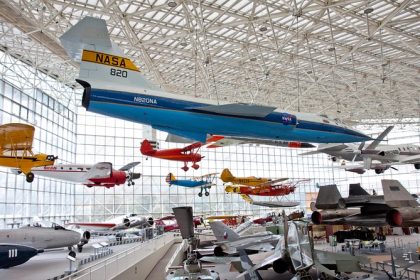
Aviation Museum News
1865 Articles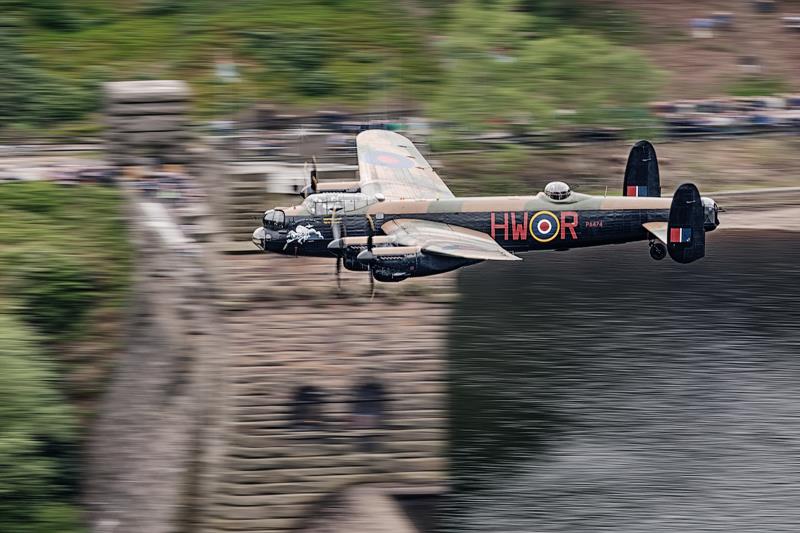
Articles
830 Articles